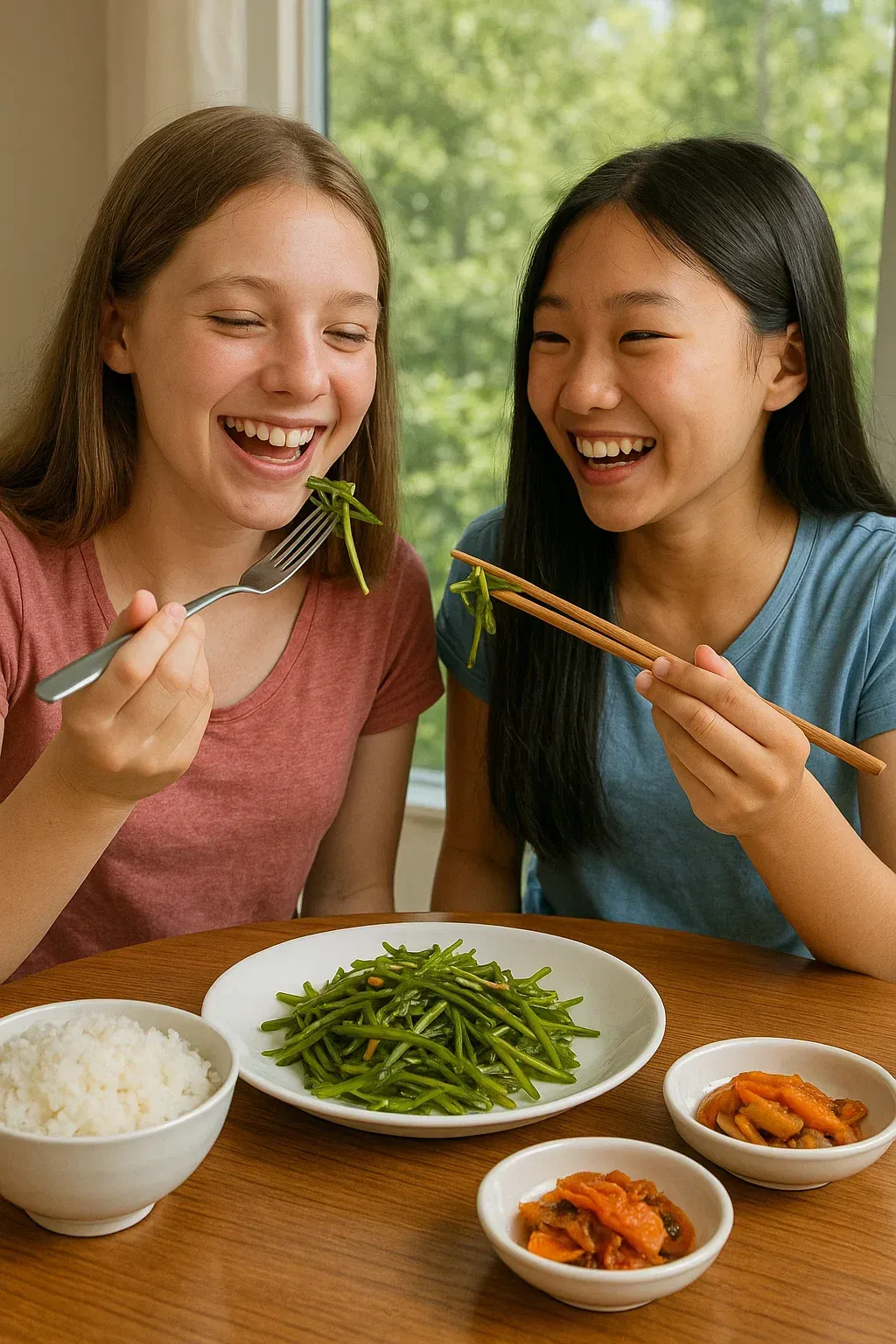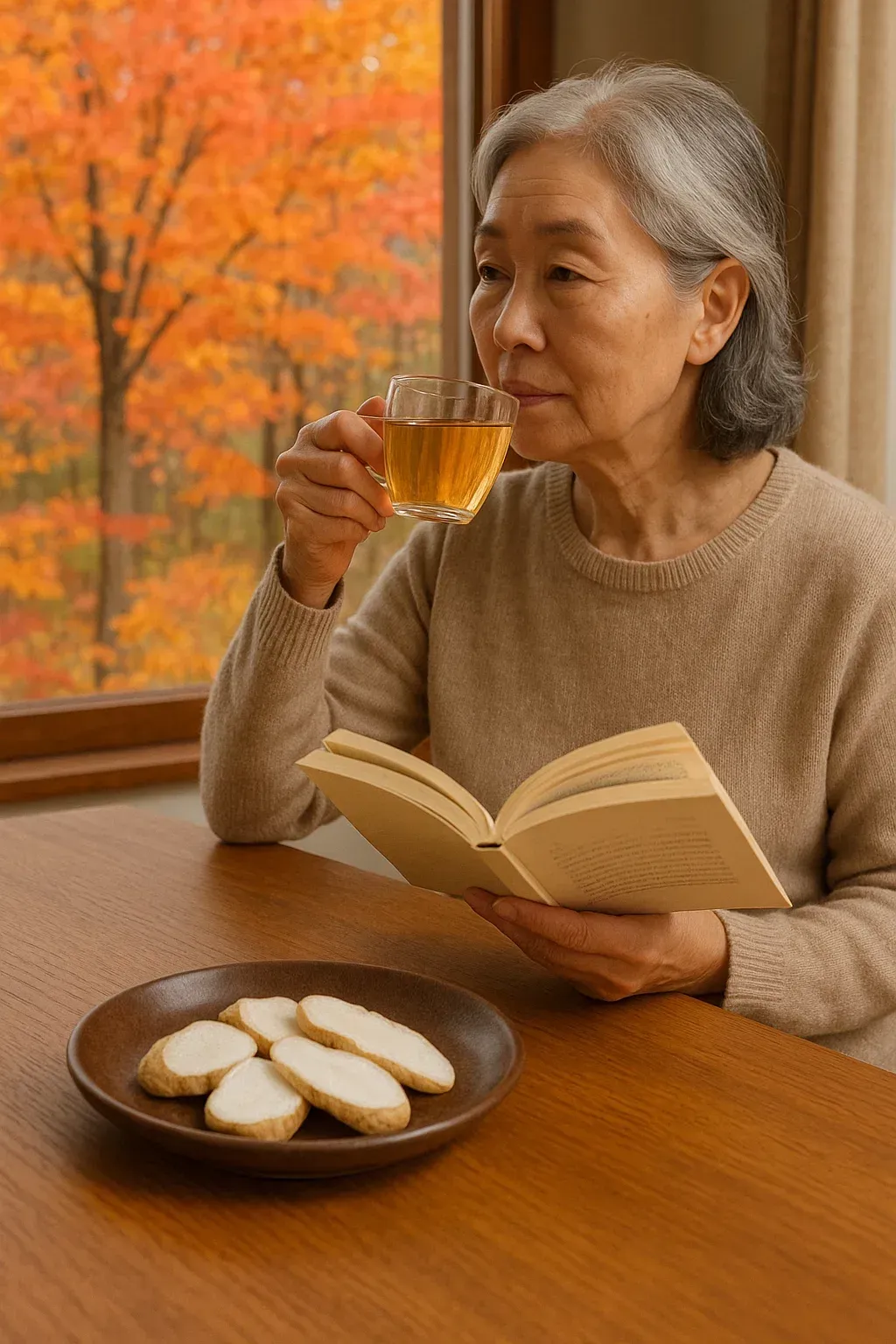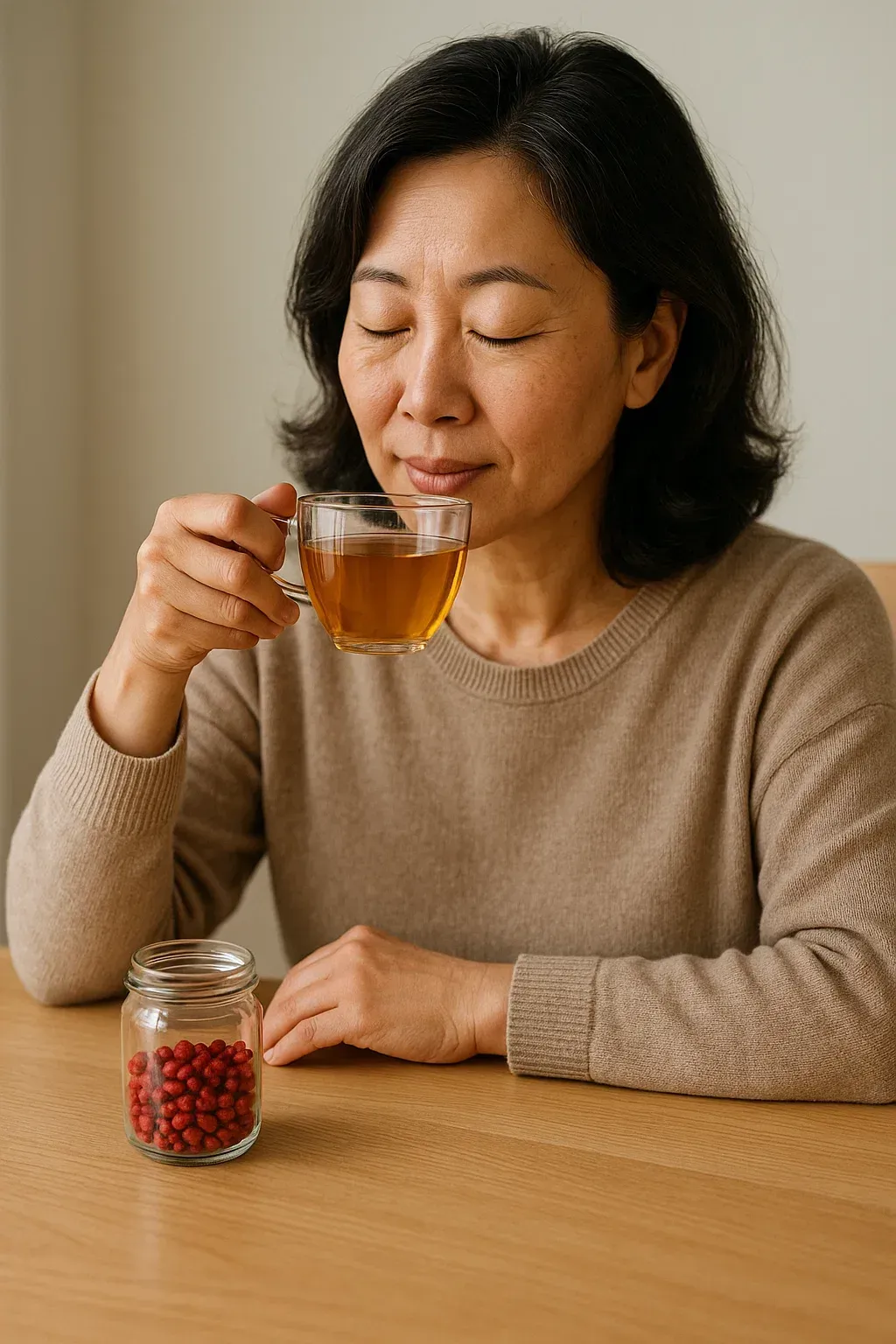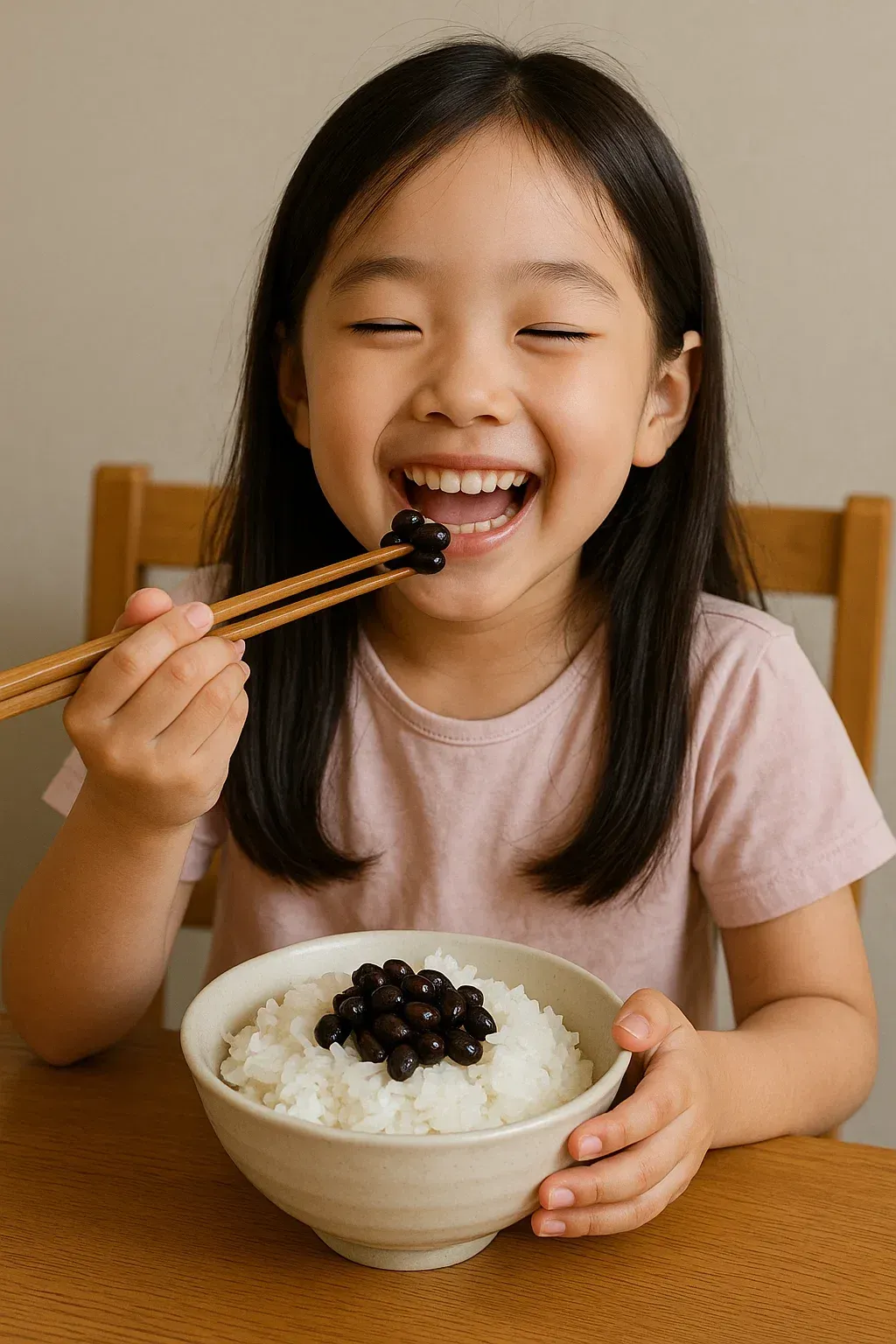From Forest Floor to Functional Food: A Holistic Guide to Bracken Fern (고사리) in Traditional Medicine
While many medicinal herbs are roots or seeds, some of the most common wild edibles also hold significant therapeutic value. The young fiddleheads of the Bracken Fern, referred to simply as Jue (蕨) in historical Traditional Chinese Medicine (TCM) texts, have long been utilized as a food-medicine, valued particularly for their cooling and detoxifying properties. As a holistic health guide, I emphasize understanding the traditional role of wild foods like Jue in managing internal heat and promoting overall gut health.
The Gentle Cleanser: Understanding the Role of Jue
In TCM, the edible parts of the Bracken Fern are classified as sweet and cold, primarily targeting the Large Intestine, Small Intestine, and Stomach meridians. Its key traditional functions are to clear heat, relieve damp-heat, detoxify the body, and moisten the intestines. This makes it particularly useful for conditions associated with internal heat, inflammation, and irregular bowel movements.
Scientifically, Bracken Fern is known for its high fiber content, which contributes significantly to its digestive benefits. It is also a source of various vitamins and minerals, although its main therapeutic action is attributed to the presence of flavonoids and other phenolic compounds that exhibit antioxidant and anti-inflammatory activity.
The Science-Backed Benefits of Bracken Fern
Modern understanding supports the traditional uses of Jue, primarily emphasizing its gut and cleansing effects:
- Promoting Regularity and Digestive Health: The high fiber content in Bracken Fern acts as a gentle bulk-forming agent. This function aligns with the TCM concept of "moistening the intestines," which effectively relieves constipation and promotes smooth, regular bowel movements. Healthy elimination is crucial for reducing the body's toxic load.
- Clearing Internal Heat and Inflammation: The traditional designation of Jue as "cold" aligns with its measurable anti-inflammatory properties. It is often used to soothe internal irritation, particularly in the lower digestive tract, which can help manage symptoms associated with internal "damp-heat" or localized inflammation.
- Support for Detoxification: By both clearing heat and supporting regular elimination via the bowels, Jue contributes to the body's natural detoxification processes. Efficient elimination of waste helps to clear the digestive system and prevent toxins from being reabsorbed, contributing to clearer skin and reduced systemic burden.
- Nutritional and Antioxidant Boost: Beyond its therapeutic effects, the fern is a source of antioxidants that fight free radical damage. Consumed as a spring vegetable, it adds valuable fiber and micronutrients to the diet.
Important Considerations for Using Bracken Fern
It is absolutely crucial to note the safety considerations when discussing Bracken Fern:
- Preparation is Vital: Raw Bracken Fern contains thiaminase and ptaquiloside, which can destroy Vitamin B1 (thiamine) and are carcinogenic. It must be thoroughly cooked, parboiled, and usually soaked before consumption to neutralize these toxins. The medicinal use primarily refers to the properly prepared food-herb.
- Usage: Jue is typically consumed as a food ingredient—boiled, sautéed, or pickled—rather than a concentrated supplement. In TCM formulas, its uses are often specific and historically less frequent than core herbs.
Important Cautions: Never consume raw Bracken Fern. Due to the toxic potential when improperly prepared, and its complex historical use, it is best consumed as a commonly prepared traditional food (like Korean Gosari Namul). If seeking its medicinal properties, always consult with a licensed TCM practitioner who can safely incorporate it into a balanced formula.
Bracken Fern is a powerful reminder that some of the most effective traditional medicines come straight from nature's bounty, provided we respect the wisdom required for their safe preparation.
- Dr. Chungmoo "John" Huh, L.Ac, DAcCHM, Dipl. OM -











